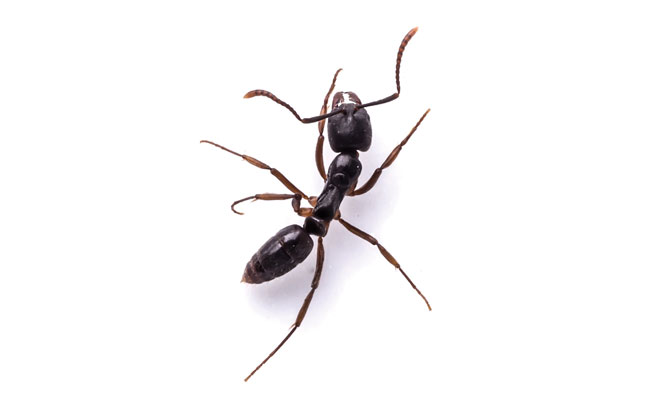
Photo: onlyyouqj / iStock / Getty Images Plus
If you are looking for new ways to elevate your ant management program this spring, you may want to start by checking your watch. Ants, like all structural pests, tend to follow a seasonal pattern.
In early spring, queens increase egg production and foraging activity picks up as food and other resources become more available. Colony numbers usually peak in mid- to late summer, then start to decline in the fall as temperatures cool and resources become scarce. The result is a predictable seasonal population fluctuation that can guide ant management efforts throughout the year.
Recognizing that ants follow a seasonal foraging pattern is a must for any pest management professional. But there are other foraging patterns that ants follow on a much smaller time scale that can be just as important to understand.
If given the chance, most ant species will feed on the same food resources. If every ant tried to forage for these same resources at the same time, we would see a global ant battle of epic proportions. Instead, ants have evolved a wide range of foraging strategies that allow some species to search for food at different times of day when other species may not be active.

Dr. Michael Bentley, BCE
This process is known as temporal partitioning and is how ants divide a 24-hour period into different peak feeding times that can vary greatly across species. For example, the black crazy ant (Paratrechina longicornis) is diurnal, meaning its peak foraging time is during the day with periods of inactivity at night. By contrast, most carpenter ant species (Camponotus spp.) tend to be nocturnal and prefer to forage under the cover of darkness. Still other species, such as the Argentine ant (Linepithema humile), can shift between diurnal and nocturnal foraging behavior, depending on the season.
The take-home message is that your client’s ant problem may not be visible when you’re on-site. If you find yourself struggling to locate foraging workers on a problem call, you may consider scheduling your follow-up appointment at a different time of day to increase the odds of successfully locating and identifying the target species.
Leave A Comment